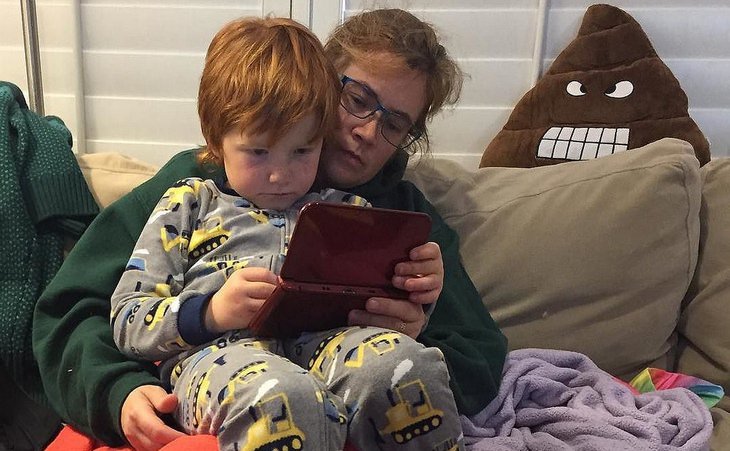Like it or not, a lot of the social interaction between children as young as 9 nowadays happens over the smartphone, and simply not having one might doom your child to becoming a social pariah.
Does that mean you should suffer silently as your child is spacing out during dinner time, their hand figuratively glued to their phone? No. There are several ways of setting boundaries and educating your child about smartphone usage that can help mitigate phone abuse, as well as protect them when they’re using it.
Control the Charger
Keep the charger on your person and choose when it is appropriate for your child to charge their phone. It is perfectly fine if their phones run out of juice when they’re at home. Just make sure they have enough power when they’re at school or at a friend’s house so that you can contact them or locate them if need be.
You shouldn’t let their phones charge overnight, as it is both wasteful and there is no need for the phone to be at full capacity in the morning. If the phone is nearly spent, you can plug it in for a couple of minutes over breakfast (as a plus, your kid won’t be playing around with it at the table).
Control the Charger
Sleep deprivation is becoming an increasingly alarming issue associated with smartphone use among preteens and adolescents. How do smartphones affect sleep? Simple:
Most children keep the phone at hand when in bed, as they use it as an alarm clock. The easy access to the phone can prove too hard a temptation to overcome, and many children spend their bedtime sending and reading instant messages. Using the phone is mentally stimulating, which might cause restless sleep.
Have your children place their phones in the living room before bedtime, and if they need an alarm clock, well, buy them an actual alarm clock (old-fashioned though it may be).
Install a Parental Control App
Remotely controlling your child’s phone use may not earn you any favors with them, but it is often a necessary step.
There are quite a few great parental control apps in the app stores which allow you to remotely lock your child’s phone, limit which apps they can use or download, track your child’s location, limit phone usage, control internet access and grant you access to your child’s messaging history.
Make sure you aren’t being too overbearing and that you aren’t damaging your child’s trust in you. One way of avoiding undue drama is to set firm ground rules ahead of time. Additionally, make sure they understand that you will have all of this access and don’t “surprise” them with the power you hold over their phones.
Educate Your Children to be Smart with Their Phones
Though you may want to have the option to set a clear boundary for your kids and to be able to enforce your will, it is always better if they understand your reasons for concern and internalize them. This way, they feel empowered when they’re being careful, and don’t resent you for meddling with their phone use.
Teach them about the perils of being online, tell them they can (and should) always turn to you if something happens, and use demonstrations to emphasize your points. A good demonstration that has made the rounds a couple of times are parents and teachers showing children just how easy it is to circulate information online and how many people will be able to view it. For example:
(Open the image in Twitter and click to see the full image)
Know What to Look Out For
Make sure you understand the dangers yourself before you presume to educate your kids. If you’re having your child take a digital citizenship course, consider doing one yourself.
Do research on web safety, cyberbullying, and the various ways people can prey on your children through their phones (be it extortion, tracking their location, etc.). Be involved in your child’s phone use and be on the lookout for telltale signs of trouble.






